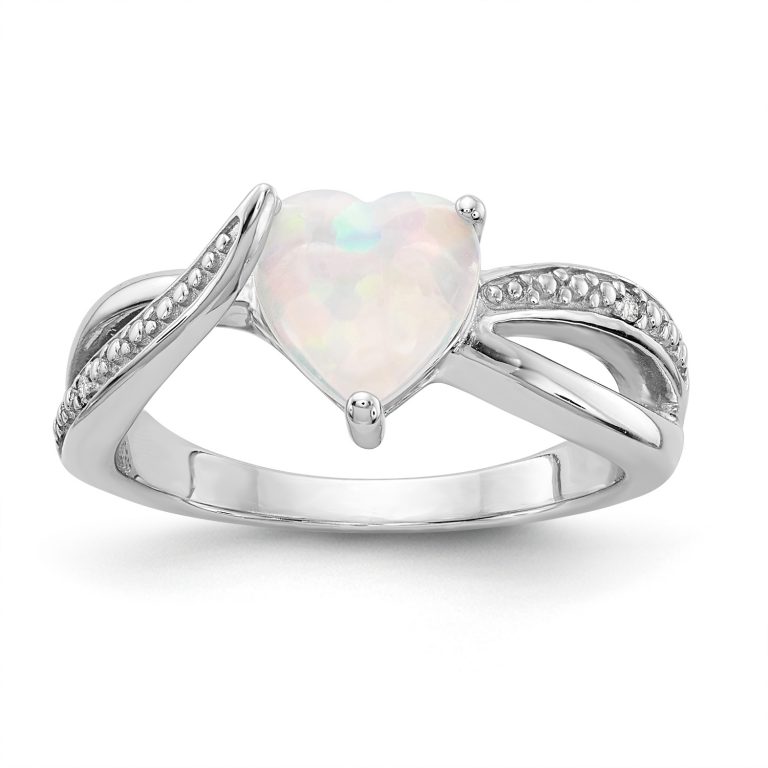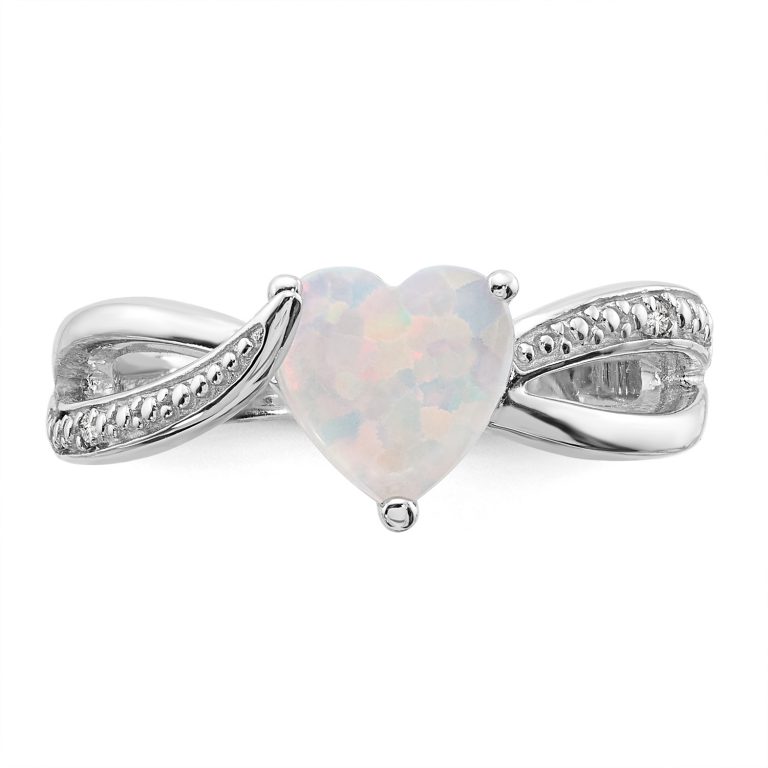For the entire month of October, Rogers & Brooke Jewelers is offering 10% off Opal jewelry – some exclusions may apply, see store for details.

The kaleidoscopic gemstone
Australian aborigines believed that the creator came to earth on a rainbow, leaving these colorful gemstones where his feet touched the ground. Arabic legends tell tales of Opals that shot down from stormy skies in bolts of lightning. The people of the Middle Ages claimed that an Opal possessed the powers of each gemstone that was mimicked in its sheen.
Despite more recent superstitions positing Opals as bad luck for anyone not born in October, Opals have been associated with good luck for thousands of years. It is also considered an emotional stone that can reflect the mood of its wearer. Some believe that an Opal can promote freedom and independence, as well as stimulate creativity and cosmic consciousness.
Rare fossils from the Australian outback
When Australia’s outback is drenched in seasonal rain, silica deposits are carried underground into fissures between layers of rock. Opals form from these silica deposits once these rains evaporate. Interestingly enough, opalized fossils can come about when silica seeps into spaces around seashells, skeletons, and wood!
Many Opals diffract light to show a play of multiple colors, offering a full spectrum of gems to suit anyone’s personal tastes. The kaleidoscopic feature of the Opal gemstone was explained by scientists in the 1960s. These “precious Opals” are composed of infinitesimal silica orbs that diffuse light in the most vivid display of colors and shades. Opals without this play-of-color are known as “common Opals.” Though dozens of Opal varieties are in existence, only few are universally acknowledged. Recognized Opal types include Boulder Opal, Crystal Opal, White Opal, Black Opal, and Fire Opal.



